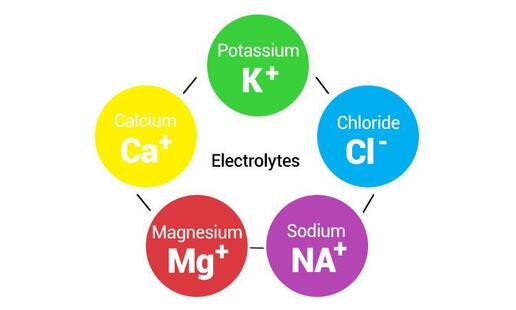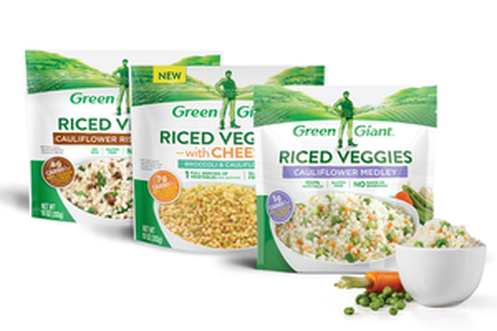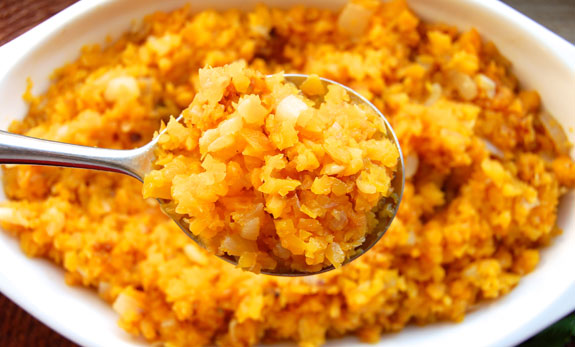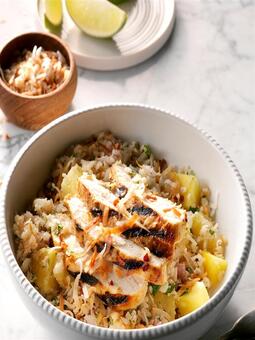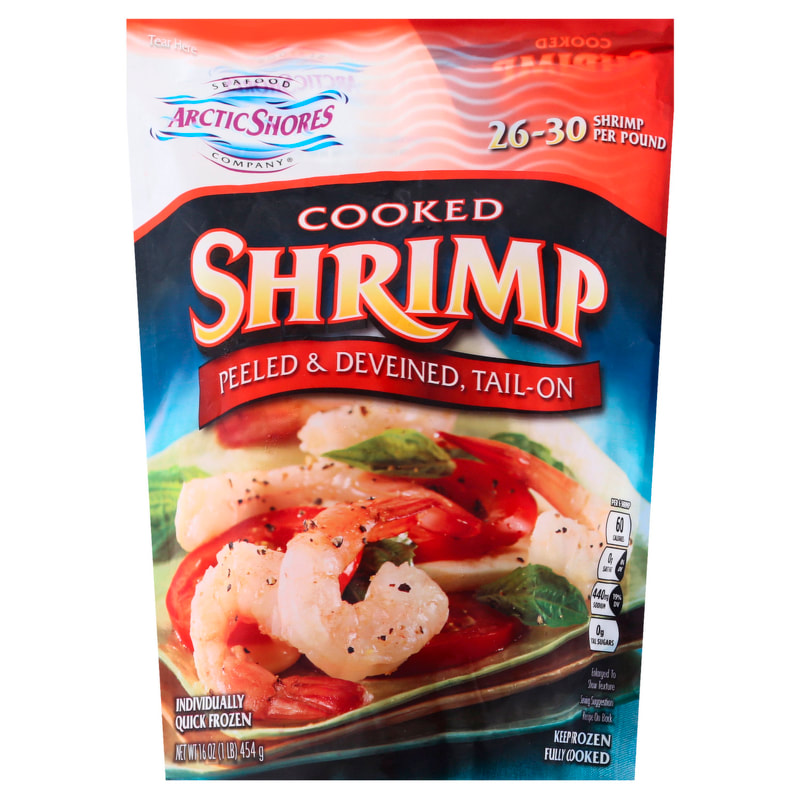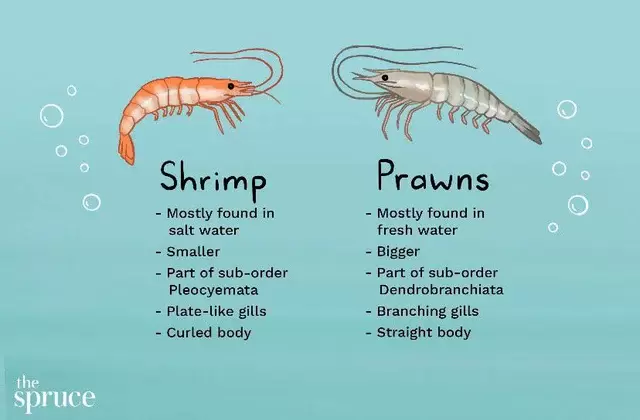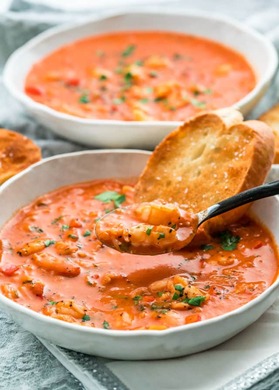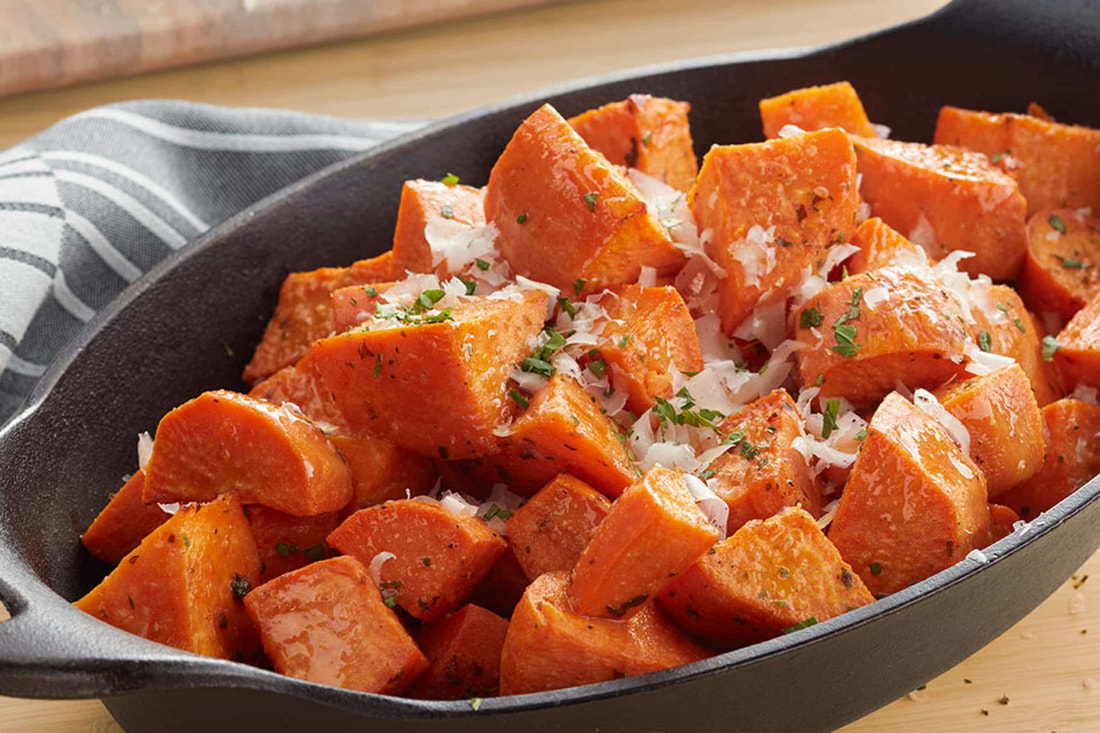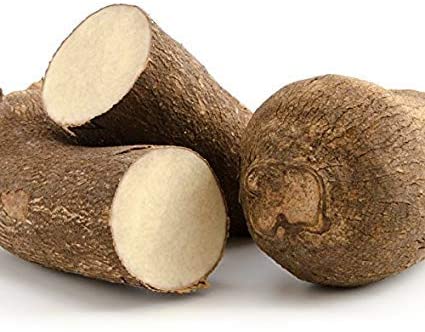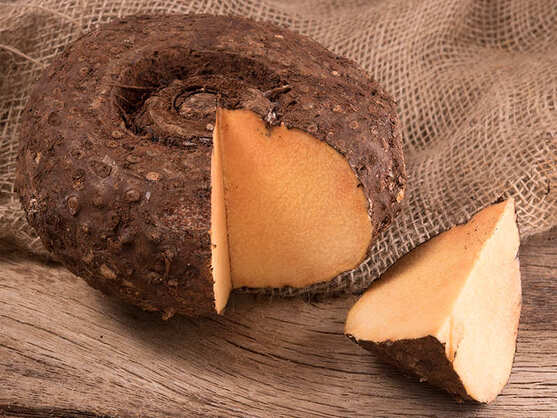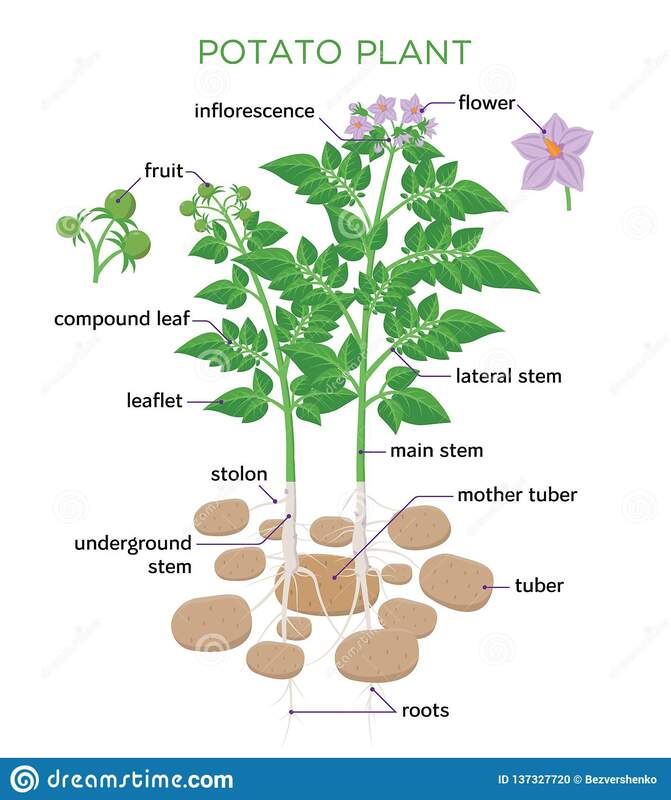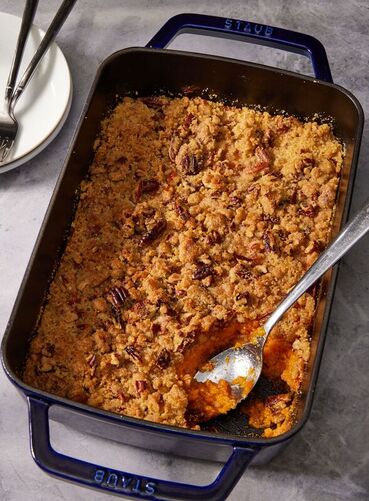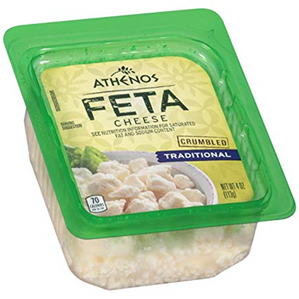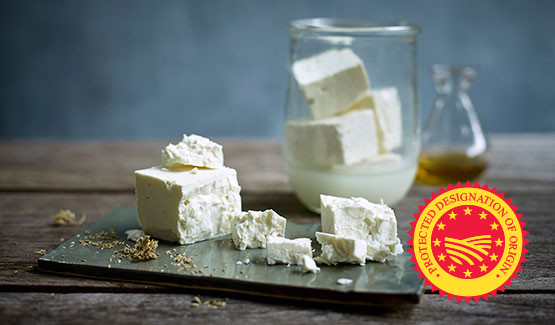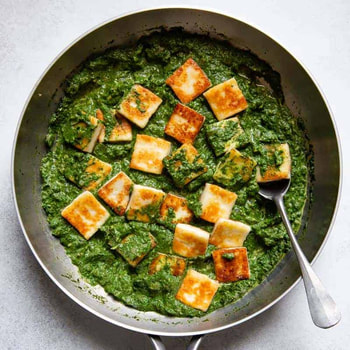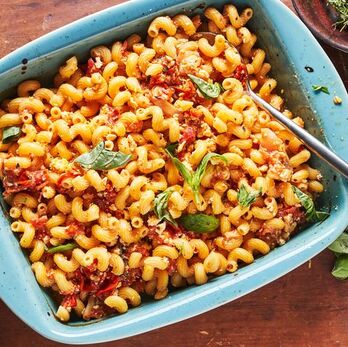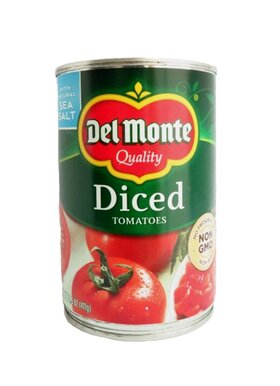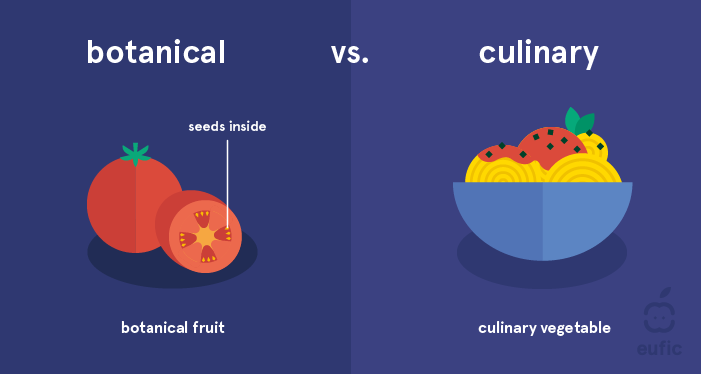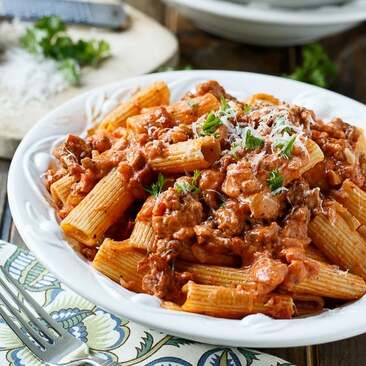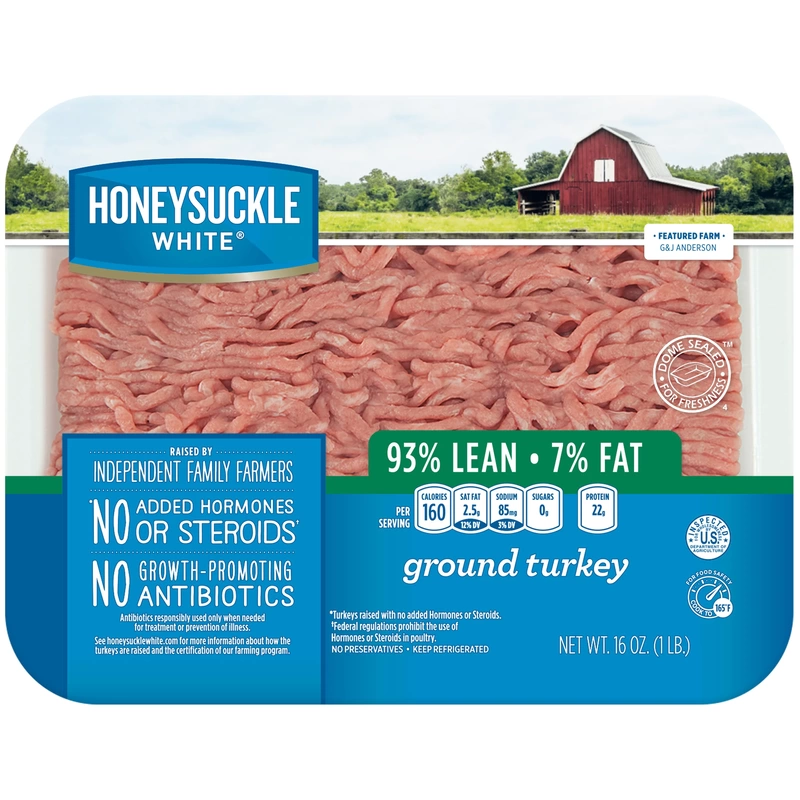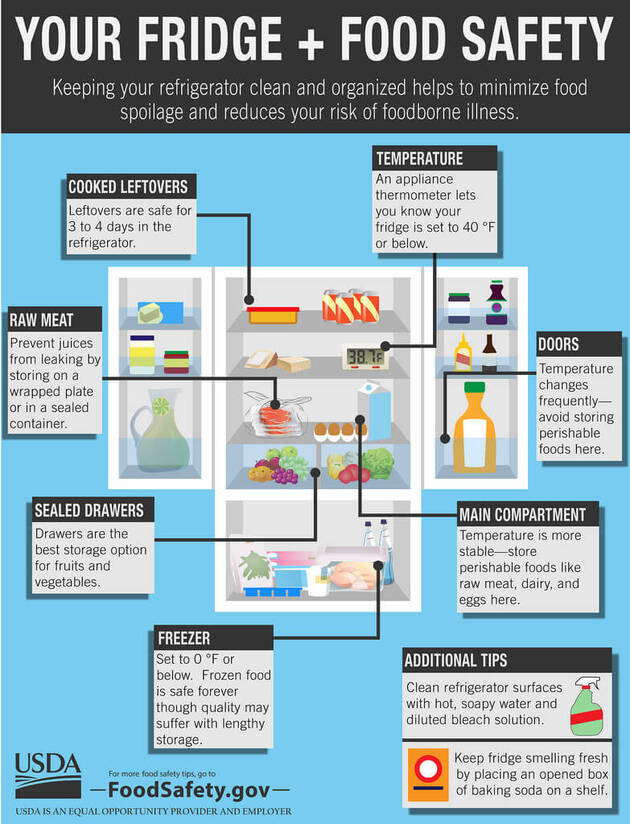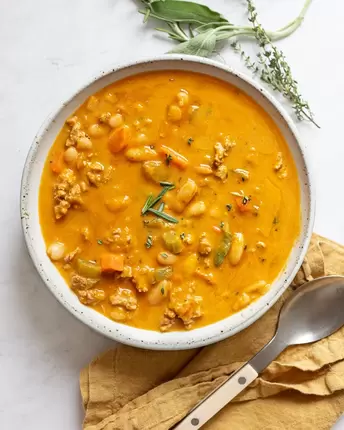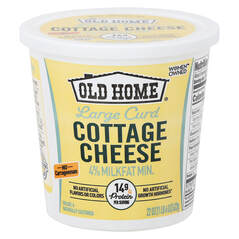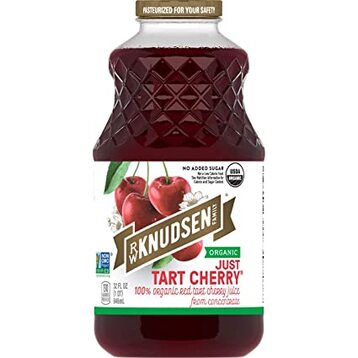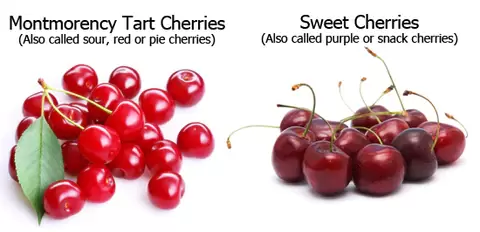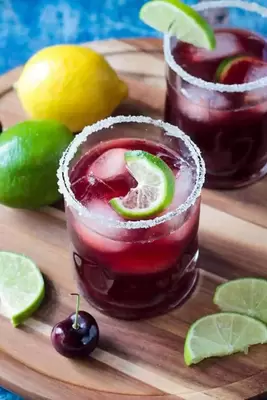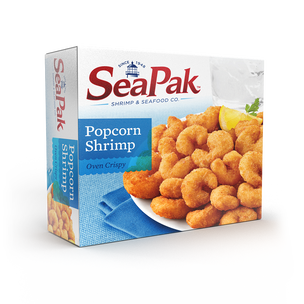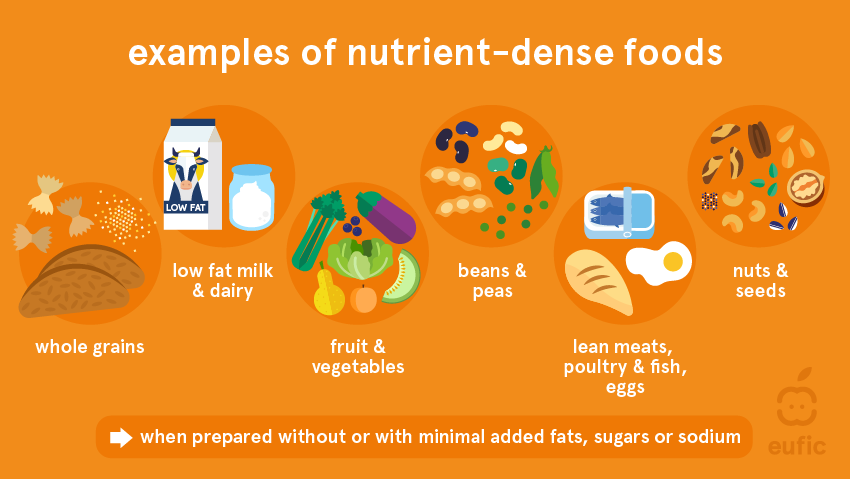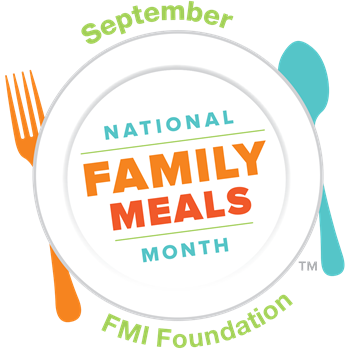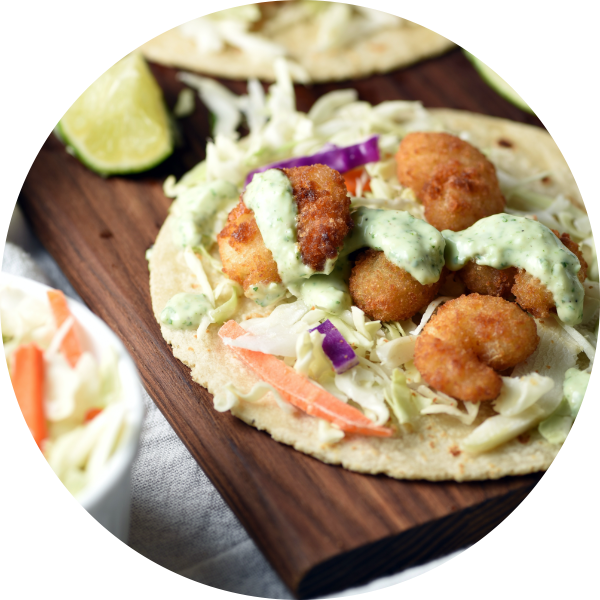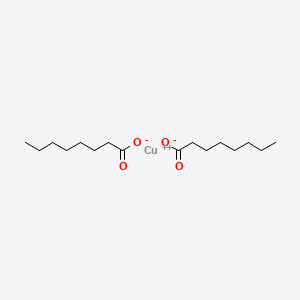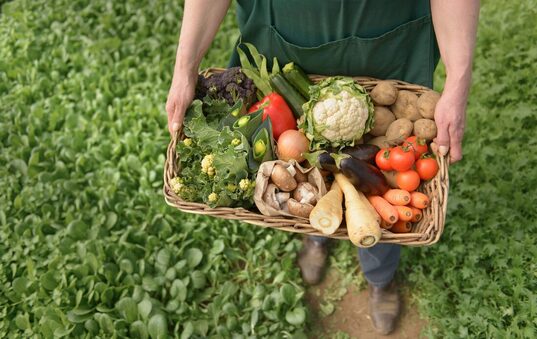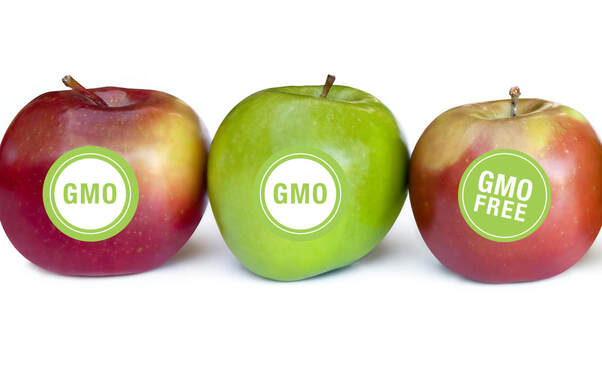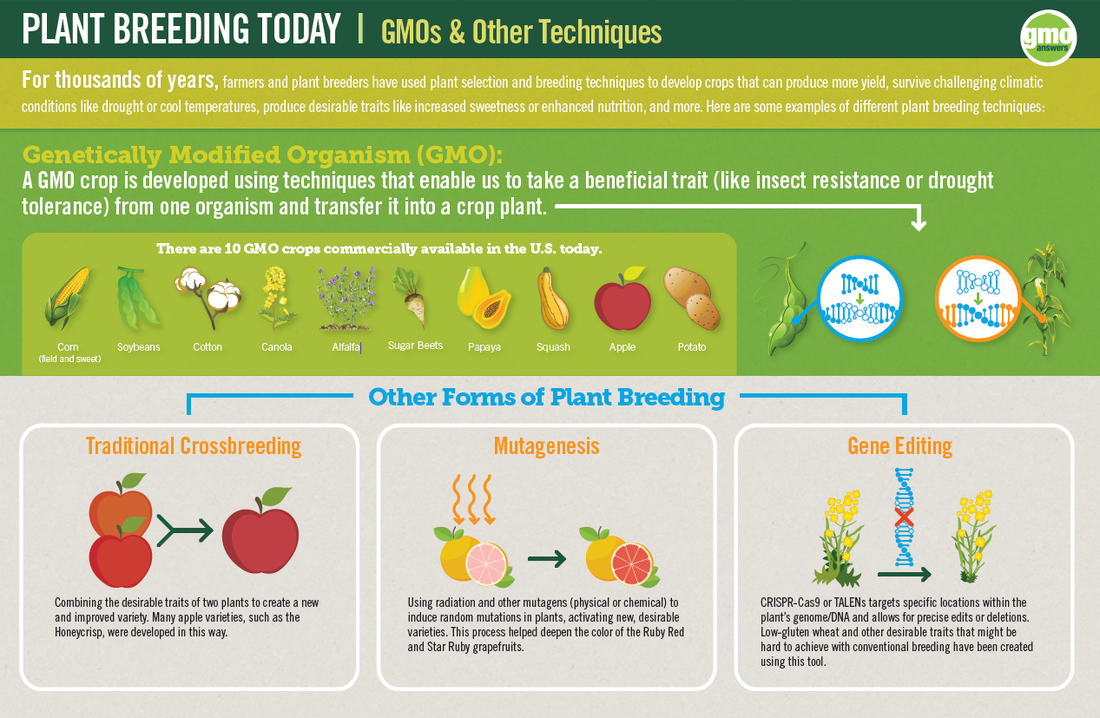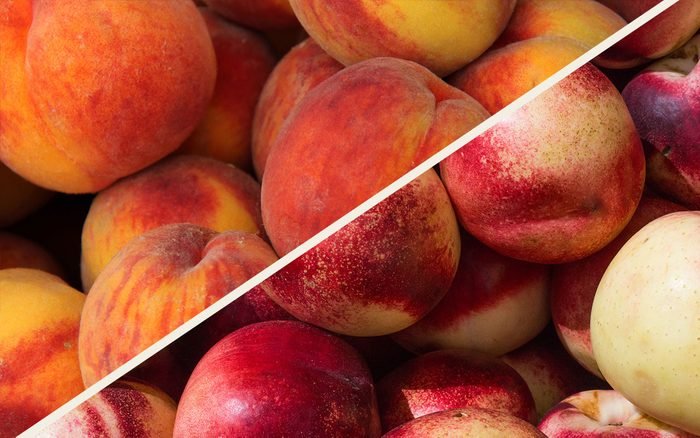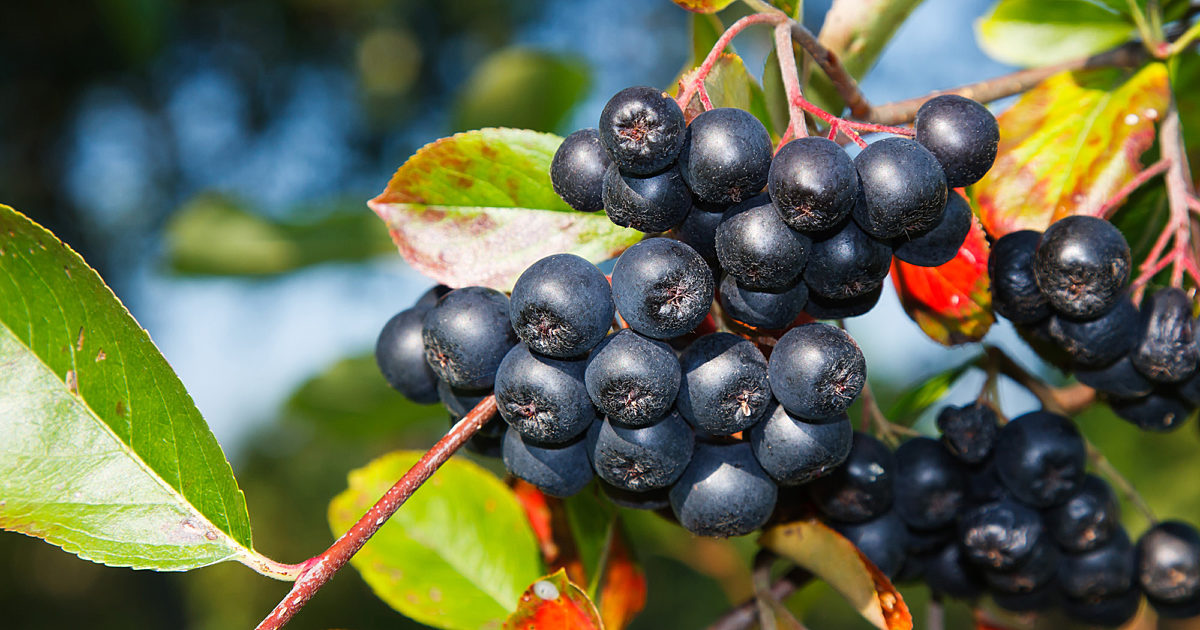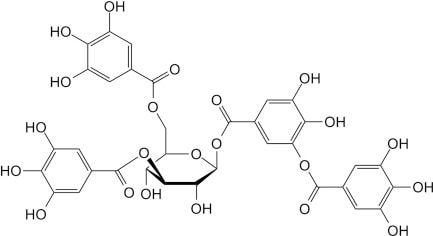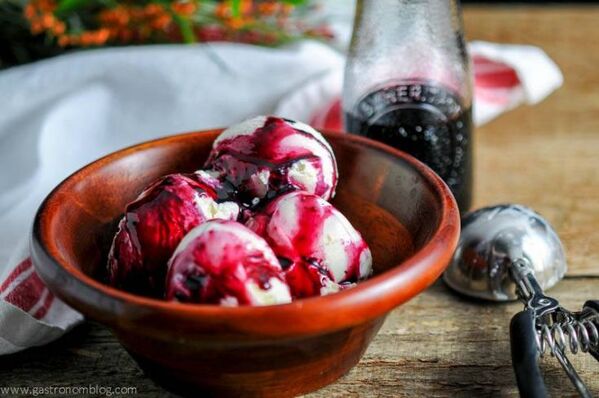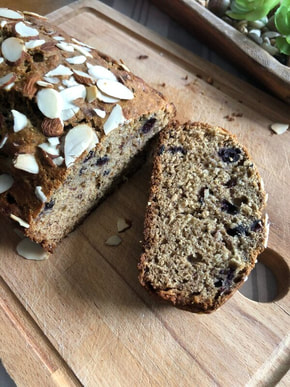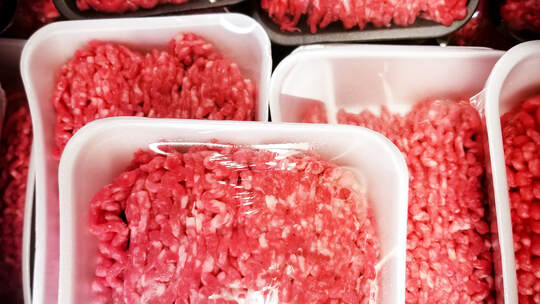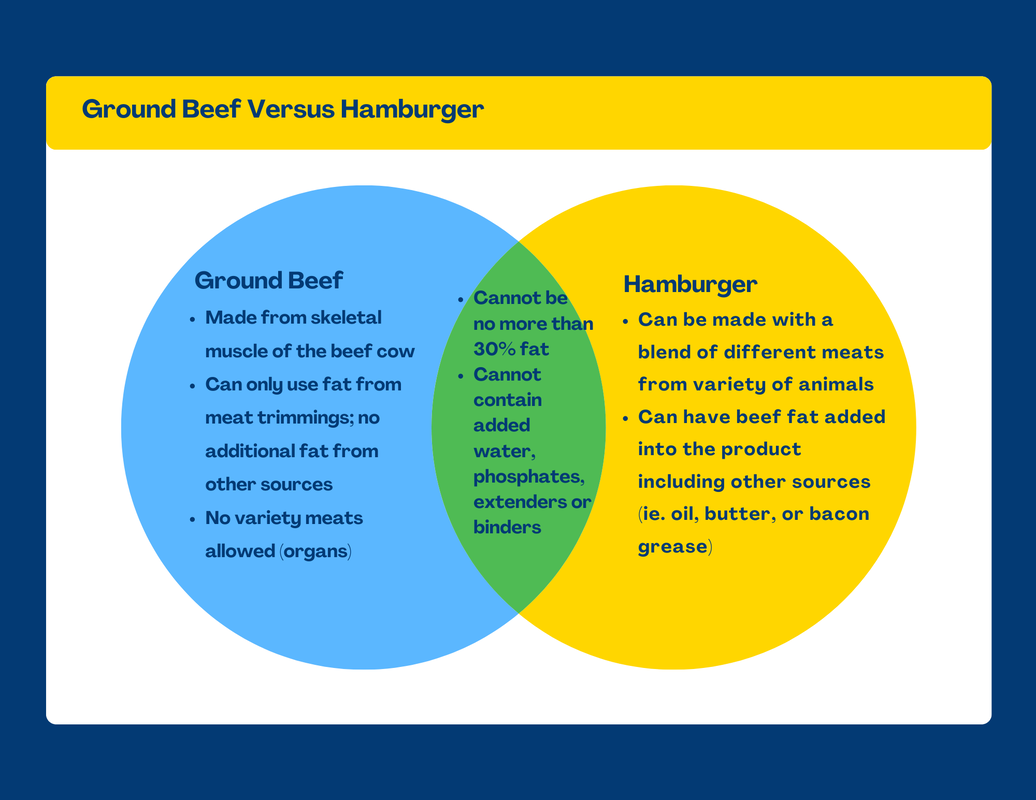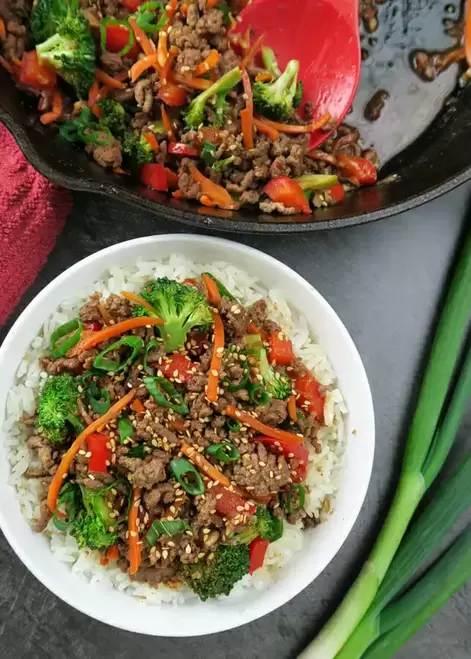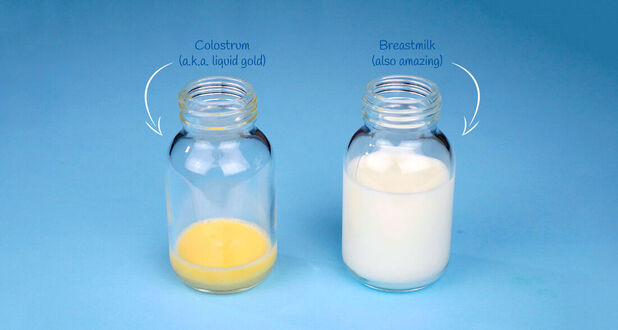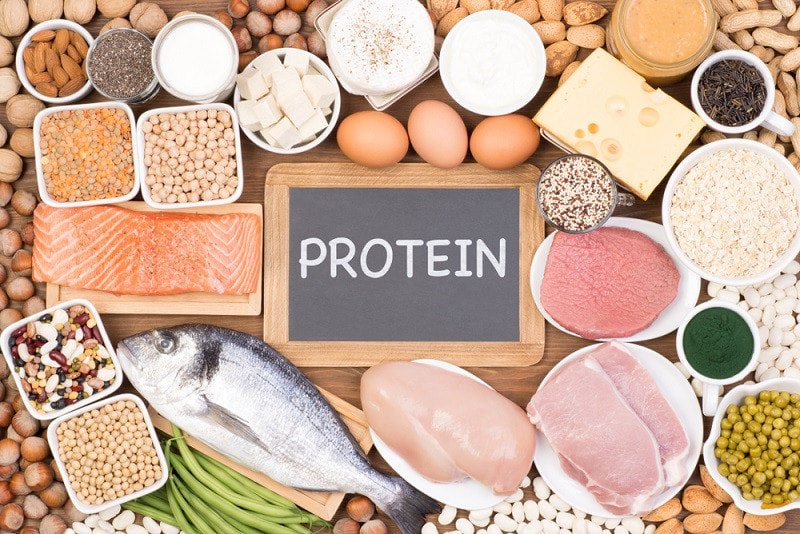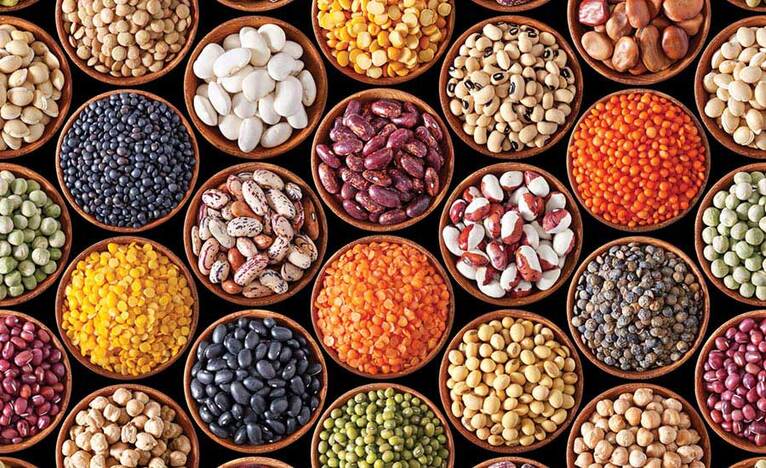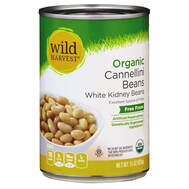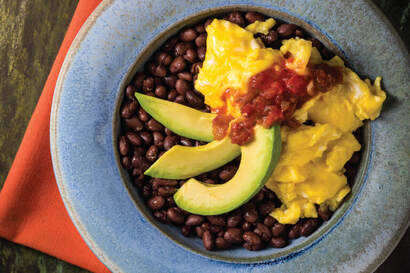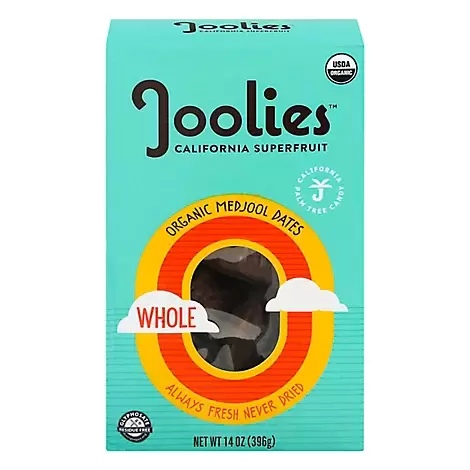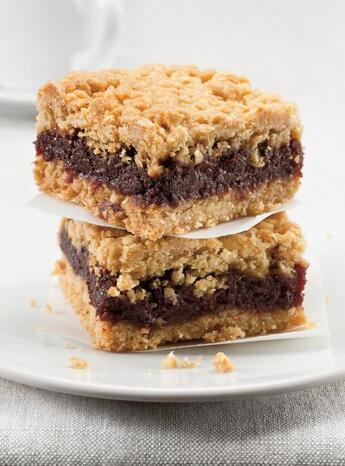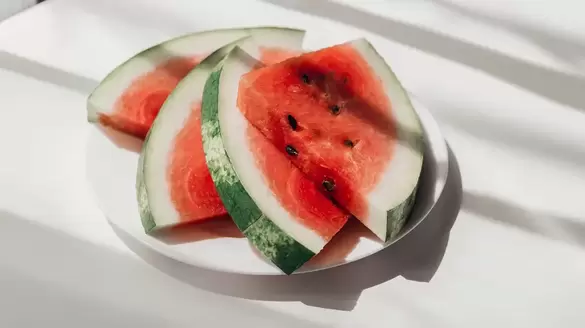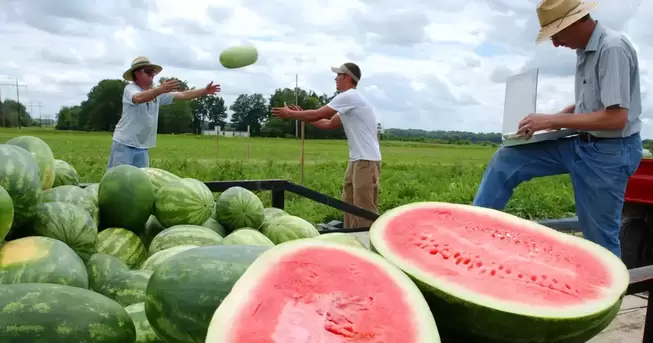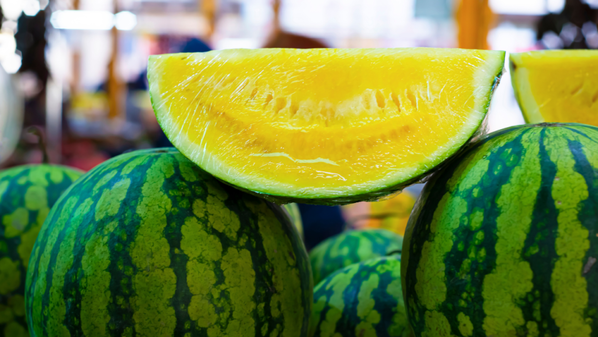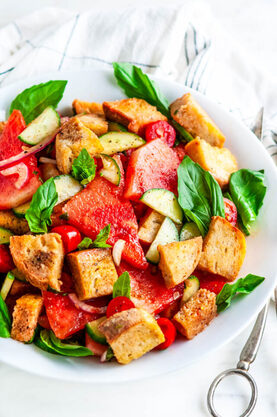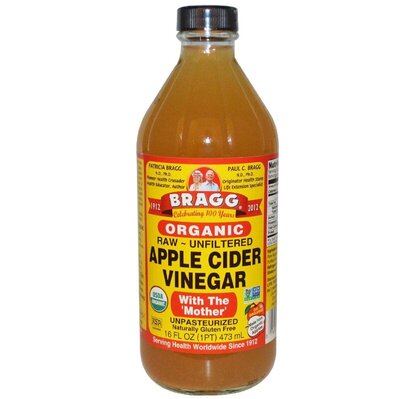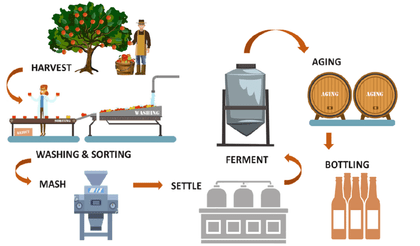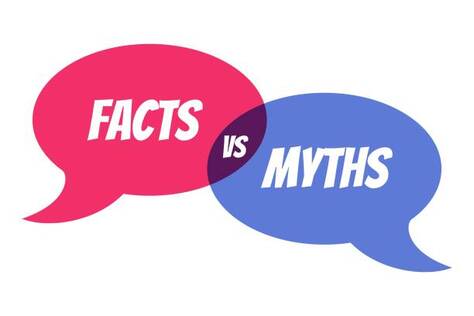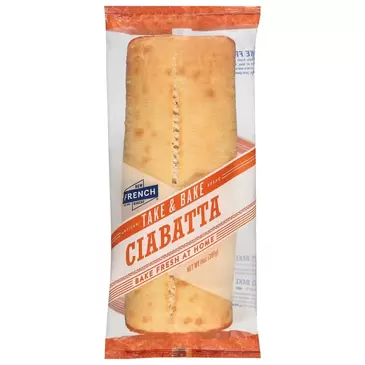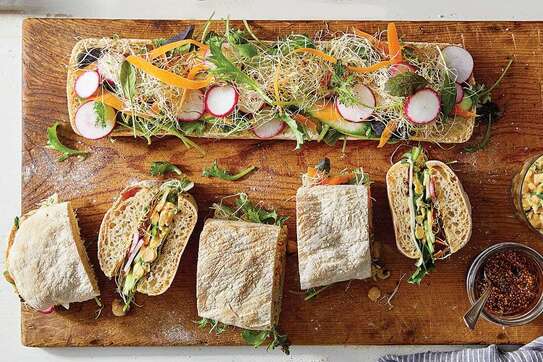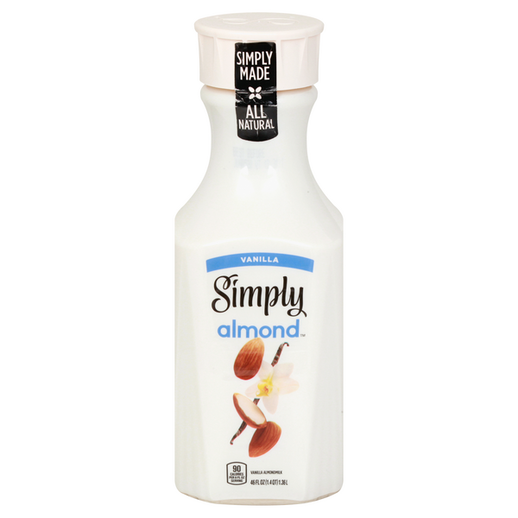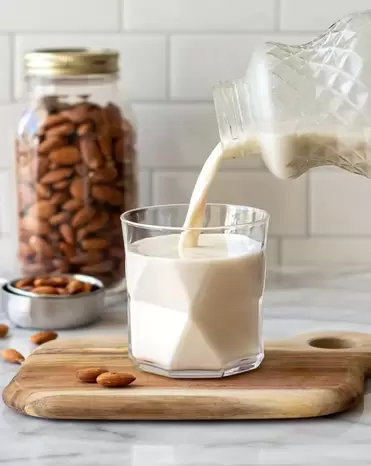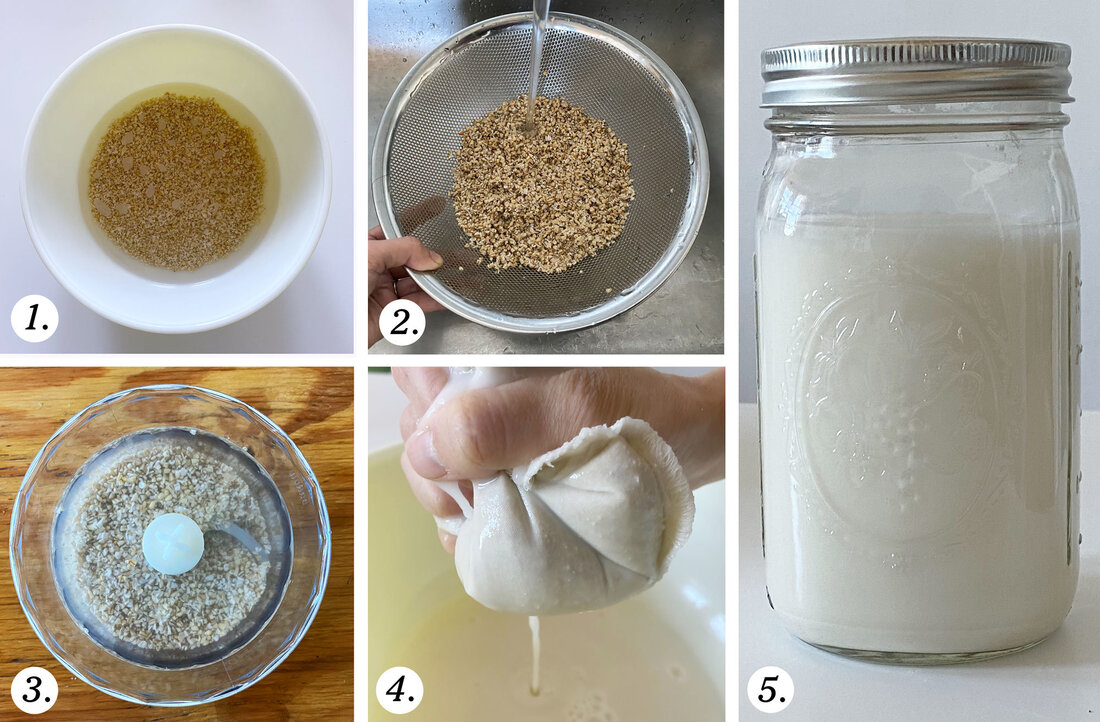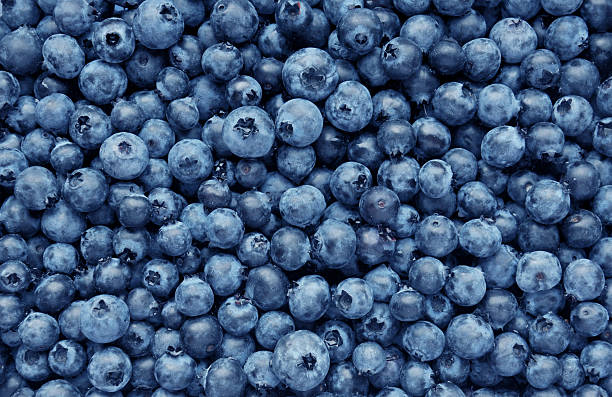|
By Sophia Wagner, Dietetic intern from Viterbo University A bit of history...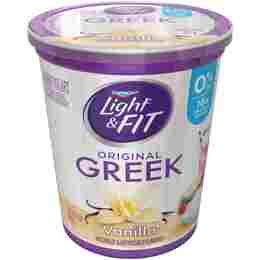 Although Greek yogurt has been available in America since 1998, it didn't have a significant spot on American's grocery list until 2007. Prior to 2007, out of all yogurt sales, Greek yogurt made up 1% of sales. It was there, but people weren't buying it. As more and more brands of Greek yogurt became available, and familiar yogurt brands, Dannon's ® being one of them, came out with their own line of Greek yogurt, sales skyrocketed. Between 2007-2013 Greek yogurt went from making up 1% of yogurt sales to 44% of sales. In 2023 it's not uncommon to hear people liking or using Greek yogurt for things. What makes Greek yogurt different?Greek yogurt differs from regular yogurt in that it is strained after fermentation. This straining gets rid of excess water and some of the naturally produced sugars. The resulting product is thicker, due to less water content and has a more pronounced tangy flavor. Personally, I think plain Greek yogurt has a similar taste to sour cream. Fortunately, with the popularity of Greek yogurt, flavors and varieties have also increased. This week's special, Dannon's ® Light and Fit, Greek yogurt has a wide variety of flavors ranging from strawberry cheesecake to toasted coconut. Other brands have Greek yogurt with 2% or 5% milk fat in it, which gives it a creamier and richer texture. Why is Greek Yogurt good for you?One of the health benefits of Greek yogurt and fermented foods in general, is the presence of probiotics. Probiotics are bacteria that are present in some foods. Our small intestine has a lot of bacteria. It's actually estimated we have more bacteria cells in us than we do human cells! In our gut they help with digesting food properly and moving things through. In fact, it's believed people with some GI issues, such as Chron's or Irritable Bowel System (IBS) have an imbalance of healthy bacteria in their gut. Even if you don't have one of these GI issues, increasing the number and variety of bacteria in your gut There are probiotic supplements out there but they don't provide a solution. Probiotic supplements temporarily increase the number of bacteria in your gut but they are execrated in our feces at the end of the day. A natural alternative to supplements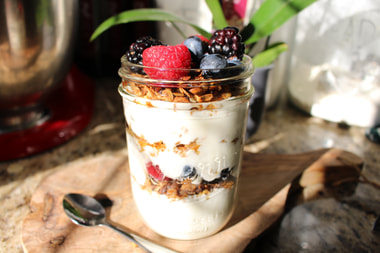 In yogurts the common types of bacteria are L. Bulgaricus, S. Thermophilus, and L. Acidophilus. These are known as probiotics. Some probiotic supplements advertise having "probiotic + prebiotic". Prebiotics on the other hand are "food" for the bacteria in your gut. An example of something that functions as a prebiotic is resistant starch or fiber. Resistant starch and fiber are food for the bacteria in our GI. Our bodies don't get a lot of calories from resistant starch, and nearly zero calories from fiber. However, as I previously mentioned, probiotic supplements don't permanently alter the bacteria in our gut. To encourage the growth and diversity of the bacteria in our gut we need to consume probiotics and prebiotics from food. An example of this coming from food would be Dannon's ® Greek yogurt, fruit, and some granola. The yogurt provides probiotics, the fruit adds fiber to the meal, and many brands of granola contain oatmeal in some form, which contains fiber and resistant starch. How to use Greek Yogurt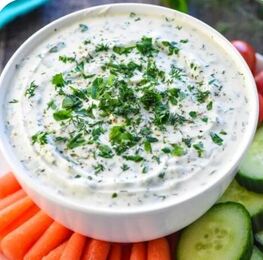 You can use Greek yogurt for whatever your heart desires. Many of us gravitate towards a yogurt parfait or putting it in a smoothie to add protein. But it can be used in savory dishes. Added to mashed potatoes to make a creamier texture without adding a lot of fat or you can try this veggie dip recipe below. Greek Yogurt Veggie Dip
2. Cover and chill (for at least 4 hours, but ideally 8 hours to overnight) to allow the flavors to blend. Garnish with additional fresh herbs, if desired, and serve with raw veggies and/or pita wedges.
0 Comments
By Sophia Wagner, Dietetic Intern from Viterbo University  Buttery, crispy, with a slight salt taste, what's not to love about a Ritz cracker? A popular childhood snack, it's not uncommon for people to grow out of their love for Ritz crackers. Opting for healthier carbohydrate sources such as brown rice or whole wheat bread is generally the reason. I wouldn't classify a Ritz cracker as a health food but they're not harmful to you. As unoriginal as it is- everything in moderation. Ritz crackers are fine to eat as a part of a well-balanced diet. What about oils?"But Ritz crackers were banned in some countries!" This is true. At one time Ritz crackers were banned in many European countries, due to the presence of an ingredient called "partially hydrogenated cottonseed oil". Partially hydrogenated cottonseed oil contains trans fat. There isn't any benefit to having trans fat in your diet. Even a small amount can lead to harmful consequences such as increased LDL (bad) cholesterol and lowered HDL (good) cholesterol. In fact, the FDA banned trans-fats in foods back in the summer of 2018. Fortunately now Ritz crackers are no longer made with that ingredient. This oil has been replaced with canola and palm oil. Canola oil is rich in monounsaturated fatty acids which help lower LDL (bad cholesterol). Palm oil on the other hand has a higher level of saturated fat, a fat that is not heart-healthy. However, it still contains some polyunsaturated fatty acids, which are beneficial for you. Although palm oil isn't the healthiest ingredient on the market it has arguably more health-promoting properties than something like coconut oil, which is mostly saturated fat and little mono- or polyunsaturated fatty acids. What can you use them for?
Ritz Cracker Chicken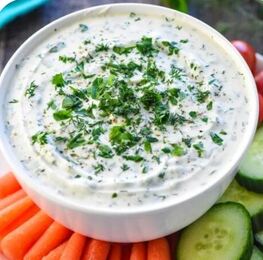 This week's call to action is a dinner recipe that is sure to satisfy all. Using Ritz crackers as a breading on chicken breasts creates a buttery, salty outside of a juicy chicken breast. INGREDIENTS
By Sophia Wagner, Dietetic intern from Viterbo University Who needs a non-dairy milk? The most significant instances where an individual needs a non-dairy milk is when they have a milk allergy or experience lactose malabsorption. Having a milk allergy and lactose malabsorption are not the same thing. A milk allergy occurs when someone is allergic to one of the two main proteins found in milk, whey or casein. This allergy presents itself as hives, flushing, itching, or even anaphylaxis, which can require medical attention. Fortunately, a milk allergy is relatively rare. Most common in children, only 2.5% of children under three years old have a milk allergy and they generally grow out of it with time. Far more common is lactose malabsorption or lactose intolerance. Dairy milks contain a sugar called lactose. Lactose is digested by an enzyme called lactase in the small intestine. In someone who is lactose intolerant, they lack the enzyme lactase. This manifests itself as bloating, diarrhea, and abdominal cramps after milk is consumed. Lactose intolerance is most common in people of Asian, African, or Hispanic descent, but Caucasian individuals can also experience lactose intolerance. How does it compare nutritionally? Many of us grew up hearing, "drink your milk to build strong bones." Although there is more to building strong bones than simply getting in adequate dairy serving in, the basis of this argument is true. Dairy milk is fortified with calcium and vitamin D, two nutrients that are crucial for maintaining bone health. Fortunately, many milk alternatives are also fortified with calcium and vitamin D, making them a good alternative if you can't drink dairy milk. Moving on to some differences between dairy milk and milk alternatives. To start, calorie content can differ between products. Milk alternatives have more additives to achieve the same creamy consistency and the desired taste, making their calorie content vary depending on what product you choose. As you can see in the images below, one milk alternative has double the calories compared to the other. This doesn't make either product better, it just may be more appropriate for different people. In someone focusing on weight management the lower calorie option may be the better choice. For the growing teen who is lactose intolerant, the higher calorie non-dairy milk would likely be the better option. At the end of the day, dairy milk and non-dairy milks' calorie content can be very similar or they can be significantly different. Again this isn't good or bad, but it's something to be aware of. Next, protein content is something that differs between dairy milk and non-dairy milk. In dairy milk, you generally find ~8 grams of protein per serving. Almond or oat milk generally only contains 2-3 grams of protein per serving. For most people, this isn't a problem if they get their protein from other sources such as beef, pork, chicken, seafood, beans, or eggs. This could be a potential issue for someone who doesn't eat a lot of protein-rich foods and relies on dairy milk for most of their protein. What can you use milk alternatives for?Anything! Well, not anything, but a lot of things. Non-dairy milks can be used for cereal, in coffee, or enjoyed as a glass of milk with a cookie. They can also be used in pasta, hotdish, and smoothies. It does not work well to make something that you are trying to get a rise or a distinct texture out of. Puddings, bread, cakes, and cookies are not the best to use non-dairy milk in. That's not to say you can't use alternative milks in these recipes, but know they likely won't have the same mouthfeel you're accustomed to. Ready to give Califia Farms almond or oat milk a try? 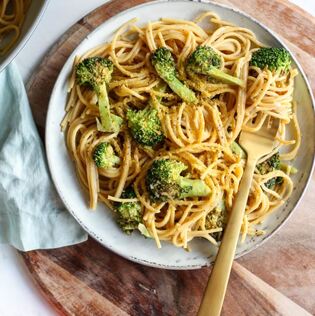 Whether you're new to plant-based milks or well acquainted to them, I have a flavorful but simple recipe for you. Lemon Garlic Broccoli Spaghetti Olive oil 1 large crown of broccoli, cut into bite-sized florets 3 garlic cloves, finely chopped and divided Salt, to taste 1 small shallot, finely chopped ¼ cup Califia Farms Unsweetened Almondmilk or Oat milk Juice of 1 lemon Pepper, to taste 1 pack Spaghetti Nutritional yeast, to serve Directions: 1. Start boiling water for pasta in a large pot 2. In a large pan or skillet, heat enough olive oil to cover the base over medium high heat 3. Add broccoli and a sprinkle of salt and cook covered for 5 minutes without touching the broccoli 4. Take the cover off and stir. The broccoli should be beginning to slightly brown 5. Add half of the chopped garlic and stir to combine 6. Cook for another 2 minutes and stir in 1 tablespoon of lemon juice 7. Remove garlic broccoli from pan and set aside on a plate 8. Start cooking spaghetti according to the package instructions and drain the water when complete 9. Wipe the pan clean and add another slick of olive oil to the pan (about 2 tablespoons). Place over a medium heat 10. Add shallot and cook, stirring until softened for about 5 minutes 11. Add the rest of the garlic and cook until sizzling and fragrant, but not browning 12. Stir in Unsweetened Almondmilk and add a pinch of salt and pepper 13. Cook for 3- 5 minutes, stirring until heated through 14. Turn off the heat and stir in lemon juice 15. Add the cooked pasta and broccoli to the skillet with the sauce and toss to combine 16. Serve immediately, sprinkled with nutritional yeast Find this recipe and more on the below link to Califia Farm's website. *written by Andrew Akhaphong, Mackenthun's Fine Food's Registered & Licensed Dietitian Have a Healthy New Year and refresh with a cold can of coconut water. Wild Harvest® Coconut Water is your Dietitian's Choice, 4 for $5.00 on 8 oz cans from January 13 thru January 19th. Why Drink Coconut Water?Coconut water is obtained from young, green (immature) coconuts as they contain the most water. As the coconut ages, it start to lose some of that water, but the coconut meat becomes firmer in texture and nuttier in flavor. Many sports drinks contain high levels of added sugar and are a popular choice among young children and adolescents. This becomes an issue if sports drinks are consumed on a daily basis. A study conducted in 2014 found daily sports drink consumption increases the risk for weight gain among adolescents. Another study in 2016 found daily sports drink consumption among young children increases the risk for type-2 diabetes, tooth decay, and cardiovascular disease in their adult life. Unlike sports drinks, coconut water is free from added sugars but do note it contains natural sugar, about 70% fructose and 30% sucrose. In addition, coconut water is packed with natural electrolytes whereas those added into sports drinks are often synthetic. What Are Electrolytes?Electrolytes are the basic minerals necessary for metabolic and body functioning. During times of illness, vomiting, diarrhea, sweating, or dehydration, your electrolytes become imbalanced and may trigger further risks or worsen symptoms. In addition, your electrolytes may become imbalanced related to certain medications. Potassium Your body uses potassium together with sodium like a partnership. When a sodium enters into a cell, potassium leaves, and vice versa. Potassium is critical to your heart function. Too much or too little can cause serious heart problems. In addition, potassium prevents muscles from cramping.
Chloride It plays a key role in how your body maintains their internal and external balance of fluid and is critical in maintaining the body’s natural pH balance (whether your blood is neutral, acidic, or basic). Hyperchloremia (too much chloride)This can cause acidosis, which is when your blood’s acidity is too high. It results in nausea, vomiting and fatigue, as well as rapid, deeper breathing and confusion. This usually happens in connection with too much or too little potassium.
Hypochloremia (not enough chloride)
PhosphatePhosphate helps transport chemical compounds and molecules outside your cells. It helps your cells metabolize nutrients, and it’s also a key part of molecules called nucleotides, which are the building blocks that make up your DNA.
Sodium Helps your tissues maintain fluid balance. Sodium also assists tissues to absorb nutrients.
Magnesium Helps your body turn nutrients into energy. Your brain and muscles rely heavily on magnesium to do their job.
Calcium Calcium does more than just build strong bones and teeth. Calcium helps control the use of your muscles, deliver communication throughout the body, manage your heart rhythm and more. Having too much or too little calcium in your blood can cause a wide range of symptoms across different systems in your body. Hypercalcemia (too much calcium)
Hypocalcemia (not enough calcium)
Coconut Water Lemon+Lime - AdeBy Bee of Rasa Malaysia, Oct 20, 2021 https://rasamalaysia.com/coconut-water-lemonade/#mv-creation-963  Ingredients
Directions 1. Slice the lemons (not used for the juicing) into pieces, set aside. 2. In a pitcher, combine the coconut water, lemon juice, lime juice and sugar together. Stir to mix well. Add the sliced lemons and ice into the pitcher. Pour the lemonade into glasses and garnish with mint leaves. Sources:
https://www.ncbi.nlm.nih.gov/pmc/articles/PMC4180814/ https://blogs.bmj.com/bjsm/2016/06/29/regular-consumption-of-sports-drinks-are-a-risk-to-childrens-health/ Have a Healthy Happy New Year! Doing keto, looking for low carb, or wanting to support your diabetes further? Your Dietitian's Choice this week is Green Giant® Riced Veggies, $2.99 each per 10 oz package on select varieties. What Are Riced Veggies?As the name of the type of food applies, riced veggies is simply the process of taking vegetables like cauliflower, broccoli, butternut squash, or zucchini into a ground or finely diced-like consistency. The purpose of riced veggies is to create a product that may be similar in texture and quality of rice to support diabetic, keto, low-carbohydrate, or high-fiber lifestyles. It is important to note that riced veggies are not nutritionally comparable to that of rice or other grains such as bulgur wheat, sorghum, wheatberries, and barley. The nutritional value is also dependent on the vegetable the riced veggie is made from. For example - riced butternut squash will be a rich source in beta-carotene, a type of Vitamin A and antioxidant that is essential for eye health, gives this squash its vibrant orange color. If one were to opt for riced cauliflower or broccoli, there will be little to no beta-carotene in these products. A major nutrient group that riced veggies lack compared to grains like rice and bulgur wheat are the B Complex Vitamins (B6, B9, B12, etc) and minerals such as zinc, magnesium, and iron. Culinary BenefitsRiced veggies can be used in any recipe that calls for a grain like rice, wheatberry, bulgur wheat, sorghum, quinoa, amongst many others. It could even be used as a binder in recipes such as meatloaf and meatballs. An important consideration is that riced veggies tend to hold a lot of water content and may result in your meal being more wet or slightly soggy in texture. It is important to not cook riced veggies for too long. Follow the package instructions or no more than three minutes to cook the riced veggies. Make sure the cooking device is large enough for breathing room; otherwise, the riced veggies will steam each other and not caramelize well. Salt at the end of cooking to flavor to your taste. Salting ahead of time will draw out extra moisture, resulting in a soggy or wet texture or meal. Use less sauce than what the original recipe calls for (if it is not a recipe for riced veggies), if any. Because riced veggies do not have any starch, there is no where for the sauce to bind onto and you are left with a super saucy meal. Pineapple Chicken Cauliflower Rice |

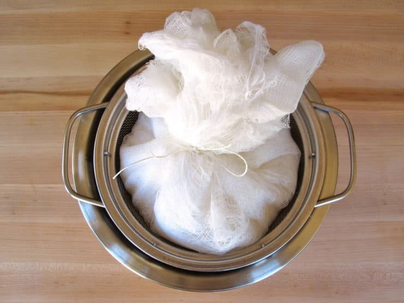
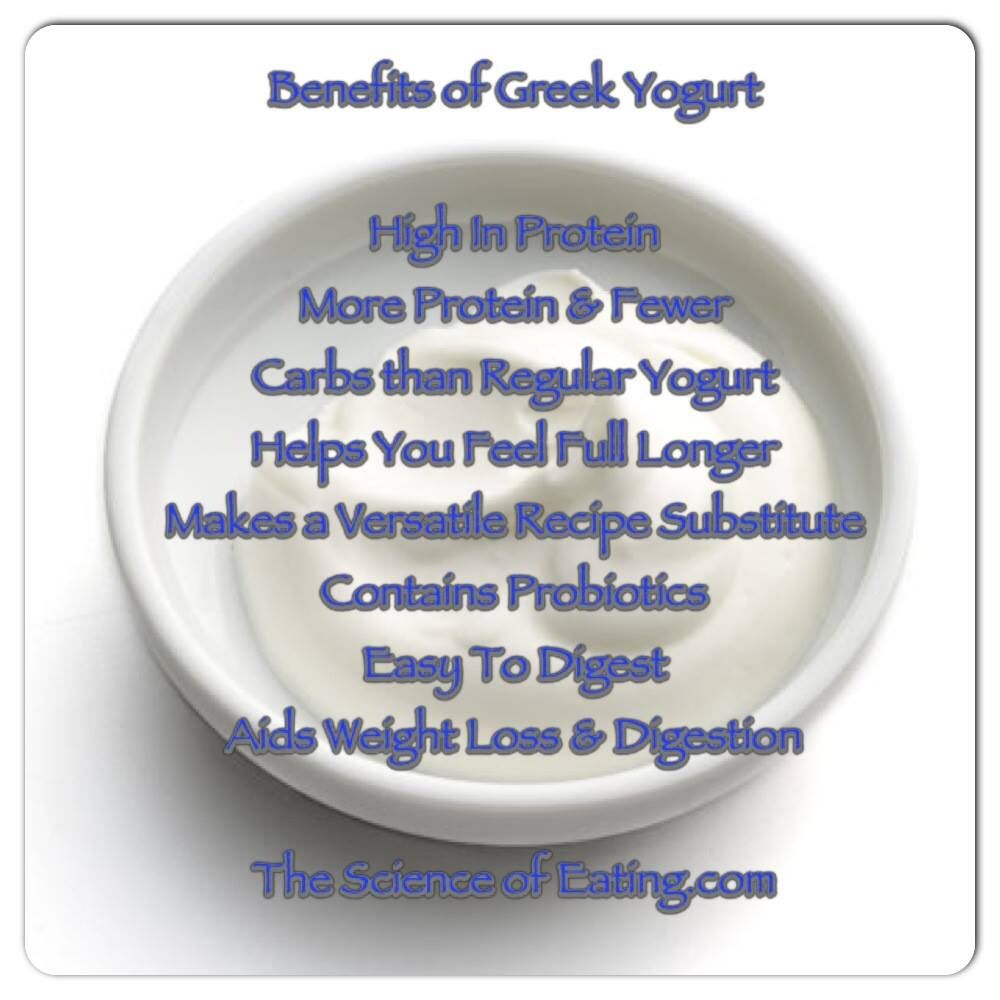
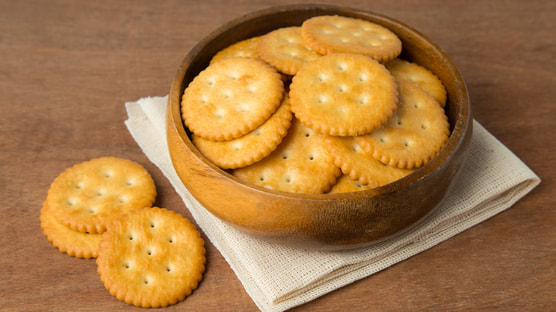


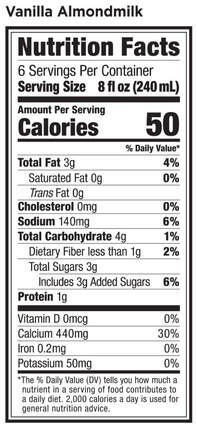
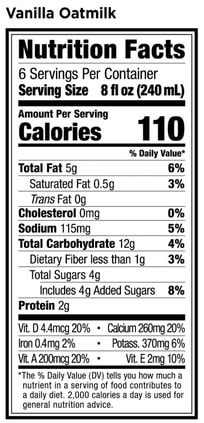
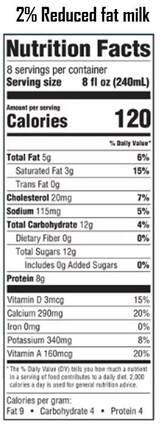
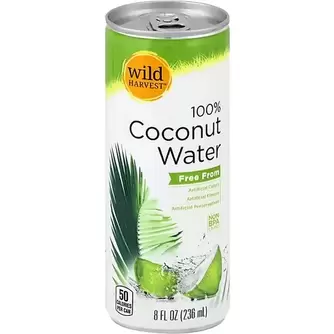
 RSS Feed
RSS Feed 
